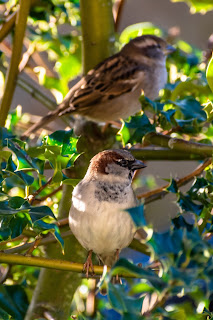Reserve of the Month - Martin Down

I thought I’d start a regular thing of highlighting some of my favourite nature reserves up and down the country, and what better way to start than with Martin Down, one of the largest uninterrupted chalk downlands in the country? I feel bad writing about this place because when I was a child this was where we went for quiet family walks, mostly to see the wildflowers and butterflies that are abundant there, but also for the lovely views across the gentle Hampshire/Wiltshire/Dorset borderlands where I grew up. These days the reserve has been thoroughly “Discovered” but it still retains a sense of remote beauty and it teems with biodiversity. Martin Down Martin Down lies at the point where three counties meet (The actual point is in a corner of Vernditch Chase north of the A354) and is a National Nature Reserve, mostly for its assemblages of rare flowers and butterflies. It hosts species that make botanists, ornithologists and entomologists drool, from burnt orchids, to marsh fri...




